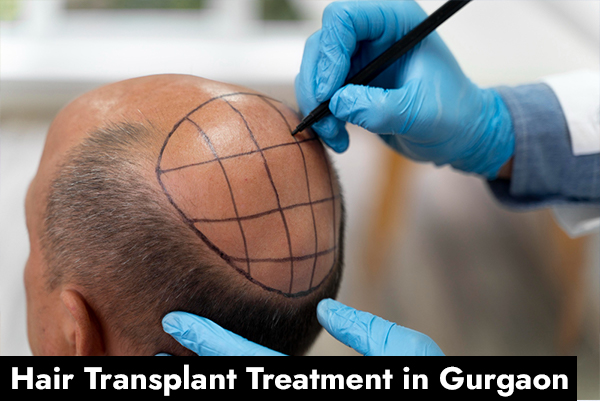5 Important tips about laser hair treatment
5 Important tips about laser hair treatment
Laser hair treatment may sound too good to be true, but this option can actually be very effective in the right circumstances. This procedure uses laser energy to focus on specific areas of your body, in this case targeting the follicles and roots of your unwanted hair to destroy them with heat energy. In some cases, you may see results within just a few sessions, while other treatments will require multiple sessions over the course of weeks or months before you see the full effects on your hair. It’s important to understand what laser hair treatment can and cannot do before making your decision to go ahead with it.
Laser hair treatment might be very helpful in your quest to remove unwanted hair, especially if you have sensitive skin that doesn’t react well to other removal methods such as shaving or waxing. If you are considering having laser hair treatment done, there are some important things you should know before and after the procedure to ensure its effectiveness and to keep you safe. Let’s take a look at the 5 most important tips about laser hair treatment to make sure you get the best results with minimal complications.
1) Does it hurt?
Laser hair removal is not considered a painful procedure, but that doesn’t mean it’s completely painless. Most people describe it as a mild burning sensation, more like scratching an itch than anything else. While you won’t be able to go about your day normally afterwards (don’t try any heavy lifting!), most people agree that it wasn’t actually painful—just slightly uncomfortable. That said, pain tolerance varies from person to person, so let your dermatologist know how much discomfort you can handle before having an aesthetician adjust your settings. If you need to take a little extra time for yourself afterward, go ahead and do so; most technicians will understand and make sure you're comfortable before leaving.
2) Can anyone have it done?
The most important thing to know is that anyone can have laser hair removal done, although it may not be suitable for everyone. Your doctor will advise you on whether or not you’re a good candidate. People with darker skin tones and white or red-haired people tend to respond better to lasers. If you’re in good health and are an otherwise suitable candidate, your dermatologist will likely recommend it as a potential treatment for your hirsutism.
3) Can you get it repeatedly?
Laser hair removal is not a one-time process. You need to get it done once every 4–6 weeks for four or five sessions. If you opt for more sessions per appointment, remember that your skin will be very sensitive, and you should avoid any activity that can potentially damage your skin in those first couple of days following your appointment. It’s also important to keep in mind that each session may not work as well as previous ones, depending on how many hairs were treated and how dark they are at different points in their growth cycle.
4) Is there more than one kind of laser for hair loss?
There are actually two different types of lasers that are used for hair loss: one that targets melanin and another that targets blood flow. The former is not very popular, however, because it’s relatively weak and can damage darker skin tones.
That leaves us with three main types of lasers:
(1) those used in combination with other treatments like minoxidil and finasteride;
(2) those aimed at blunting production of testosterone; and
(3) those targeted at blood flow to prevent future growth—the most effective is called diode. Each has its pros and cons, but all three work via some mechanism to slow or stop your ability to produce new hair strands.
5) How does it compare to other methods?
Laser hair removal is a great alternative to waxing and electrolysis, especially because it uses heat to permanently disable your hairs. To provide an extra level of comfort, practitioners use a cooling gel before they shoot lasers at your skin. They’ll also provide you with goggles so you don’t have to worry about accidentally looking into their machine.
Conclusion
Laser treatments for hair removal are a good option if you're nervous about waxing, though you should also consider them if you're sick of shaving or simply want an affordable alternative to electrolysis. For example, while they might not be appropriate for everyone, they can make it easier to have smooth skin in those hard-to-reach areas and often don't hurt as much as one might expect. If you decide that laser treatments are right for you, it's important to know how long your appointment will last, what types of side effects can occur and when results are likely to happen. Consider these 5 tips before scheduling your first appointment


